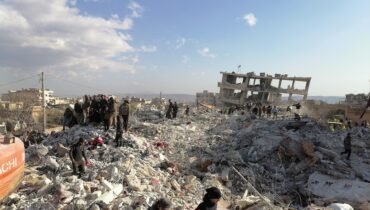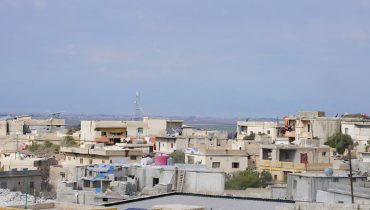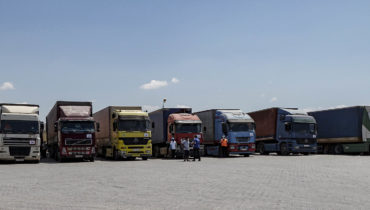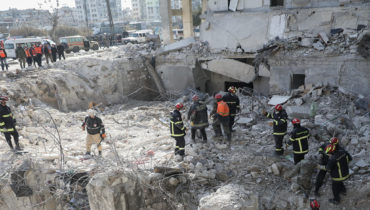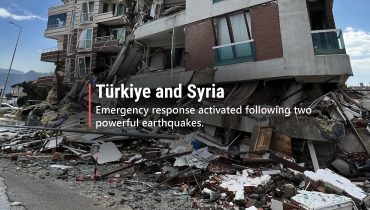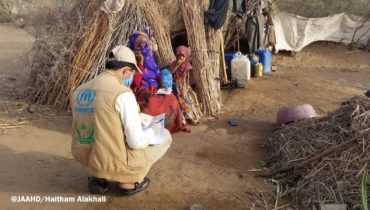Syria: REACH and CCCM population and displacement monitoring informs aid response
24 October 2018
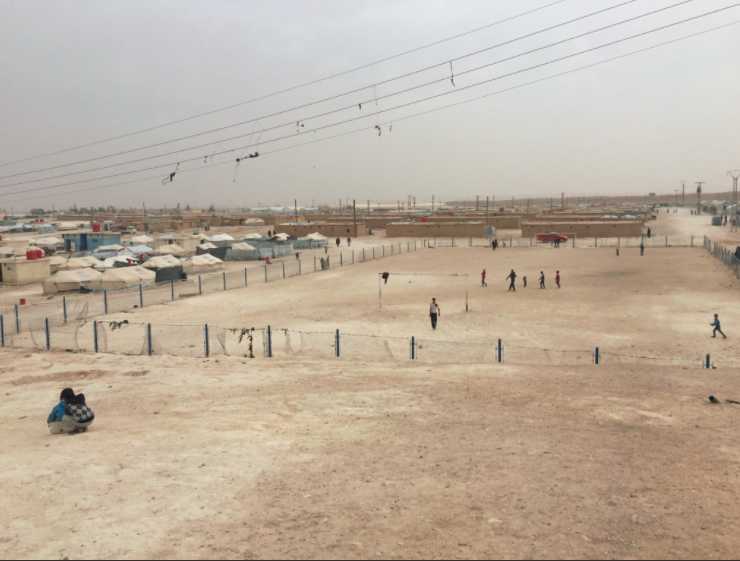
Al-Hol Camp profiled by REACH in north-east Syria, © Patrick Sayers, REACH Initiative/2018
Since March 2011, an estimated 12.6 million people have been displaced by protracted conflict in Syria. As of August 2017, United Nations Office for the Coordination of Humanitarian Affairs (OCHA) reported that approximately 6.1 million people in Syria were internally displaced persons (IDPs) – representing almost a third of the country’s pre-war population. Commonly, forced migration equates to exposure to multiple risks and adaptation to life in new settings, often in host communities, informal settlements and camps. Many IDPs will live in such sites for months or years, while for others, the conflict’s frequent and rapidly changing frontlines often result in secondary, onward flight. For those who return to their communities of origin, the relabelling of their status from IDP to ‘returnee’ often creates the assumption that an end to displacement equals an end to need. In reality, they are often met with homes that no longer stand, to communities that are no longer intact, and that are commonly suffering serious humanitarian needs.
Within this volatile context with restricted humanitarian access, obtaining rapid and accurate data on population movements, priority needs, and vulnerable profiles is critical to enabling a coordinated and targeted response. However, this has been a persistent and significant challenge for humanitarian actors across Syria. More precisely, the implication of not having flexible and rapid data collection structures to meet ever-changing information gaps could mean the prolonged suffering of individuals.
In order to address these information gaps, REACH implements the IDP Situation Monitoring Initiative (ISMI), led by the Camp Coordination and Camp Management (CCCM) Cluster that provides regular and timely population movement updates through a permanent data collection network in northwest Syria. Movements are identified via an extensive key informant (KI) network, allowing for information to be cross-checked and triangulated with further sources. In addition, the ISMI network is capable of quickly activating rapid and thematic assessments, most commonly in response to acute displacement crises. This structure allows REACH to provide regular and up-to-date information to humanitarian actors and to adapt assessments to the Syrian conflict’s rapidly changing context and needs.
Through its regular assessments, ISMI had, as of 31 January, tracked a cumulative total of approximately 1.4 million IDP arrivals and 1.3 million IDP departures since 28 November 2016. In addition, ISMI has conducted several ad hoc assessments on acute displacement, most recently in Idleb and Aleppo governorates, following an escalation of hostilities across north-west Syria at the end of 2017. In the first few days alone of the assessment (7-9 January), a total of 45,209 IDP arrivals were tracked in 101 communities and to date over 191,800 IDP arrivals have been tracked between January and March 2018. At the same time, thematic assessments are produced to provide insights into specific displacement drivers and movement intentions of populations, for instance in Aleppo, Ar-Raqqa, and Deir-ez-Zor governorates, as well as in Idleb governorate as of February 2018. In addition, the patterns, profiles and conditions of populations returning to communities in north-east and north-west Syria have been assessed.
As long as the conflict continues, humanitarian conditions in IDP sites and many communities will remain strained, and high population fluidity will continue to feature in many parts of Syria. All of this signals the need for consistent and accurate monitoring of humanitarian conditions, conflict developments and the intentions, trigger factors and coping mechanisms of displaced and returning populations.


